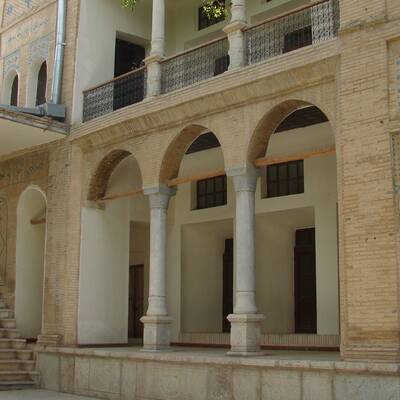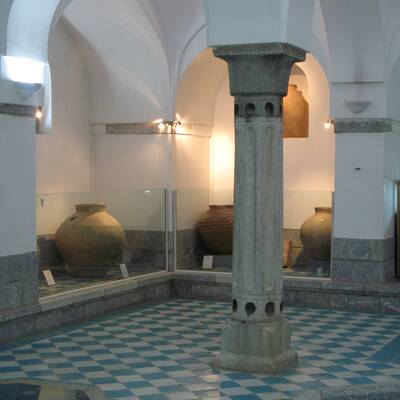Known also as Parhizgar Bath, Shahr-e Kord Archaeology Museum was built in 1325 S.H., inside a basement belonged to Haj Hossein Parhizgar. The construction was carried out by Soltan Azadeh and Haj Abolghasem Azahe Chaleshtari investing who endowed public this building in 1334 S.H. The bath with 620m2 built-up area includes two small and large baths. It is a historic museum in terms of its content. The most ancient materials of Chahar Mahal & Bakhtiari Province with more than 9000-years history are kept here in the museum of archaeology of Shahr-e Kord. They are some small and large stone tools, clay statuses and bone tools related to the Neolithic age. The stone materials kept in this museum are among the first samples of the technical products created by Neolithic human that were made in highly skillful ways.
It was in 1376 S.H., that the project of transforming Parhizgar Bath into the Archaeology Museum of Shahr-e Kord was started to which some extensions were added in the traditional style of Persian architecture in such a way that the built-up area reached to 1400m2. Finally, this project was finished in the spring of 1382 S.H., and during the Ordibehesht of the next year the Archaeology Museum of Shahr-e Kord was exploited in one storey by Seyyed Mohammad Beheshti, head of the Cultural Heritage Organization of Iran. The objects of this museum are chronologically categorized into prehistoric materials, historic and Islamic objects which have been exhibited in Sarbine (meaning dressing room), Mian Dar, Garm Khaneh (meaning hothouse), Khazineh (meaning water tank) and Shah Neshin (meaning alcove).
The prehistoric materials have been resulted from the scientific archaeological research in the province. The main part of materials related to that period is stone and bone tools, clay statuses and pottery wares. The historic objects are quite various in terms of material, form, size, motifs and decorations. Pottery wares were made in different forms and techniques of plain glaze, under glaze painting, carving under glaze, inscription, floral, geometric and animal motifs related to 3th to 6th centuries A.H. and a luster bow created in the 7th century; they all constitute the objects of Islamic section in the museum which are showcased in the west side of hothouse and Mian Dar.

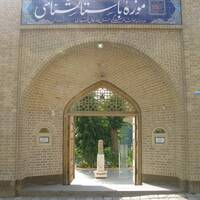
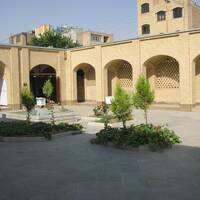
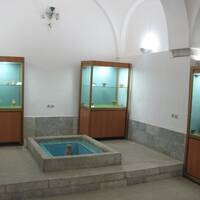
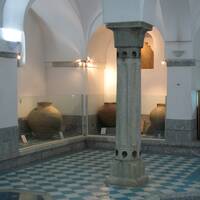
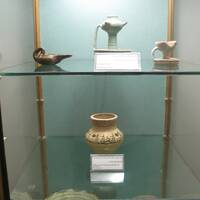
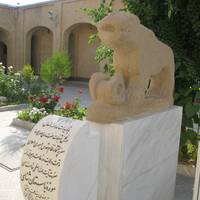
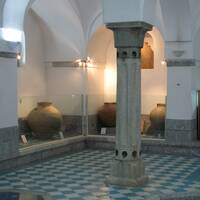
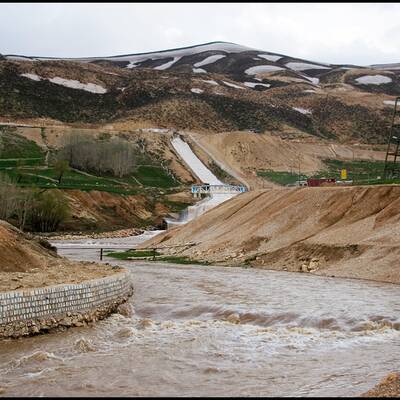
.jpg)
